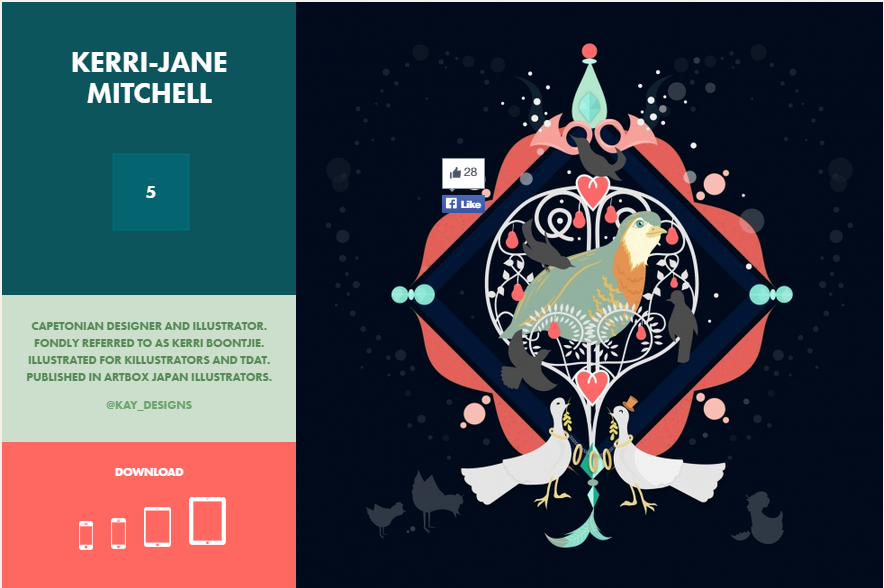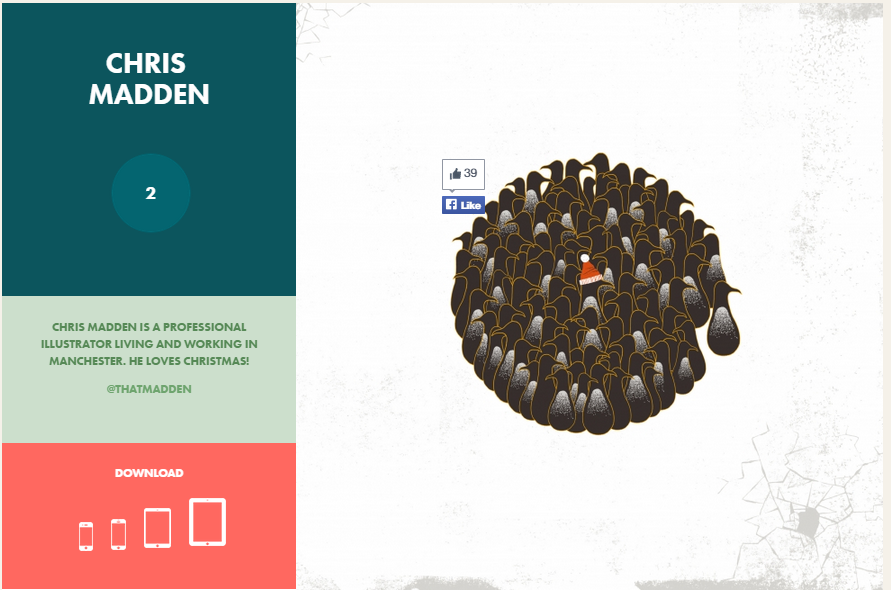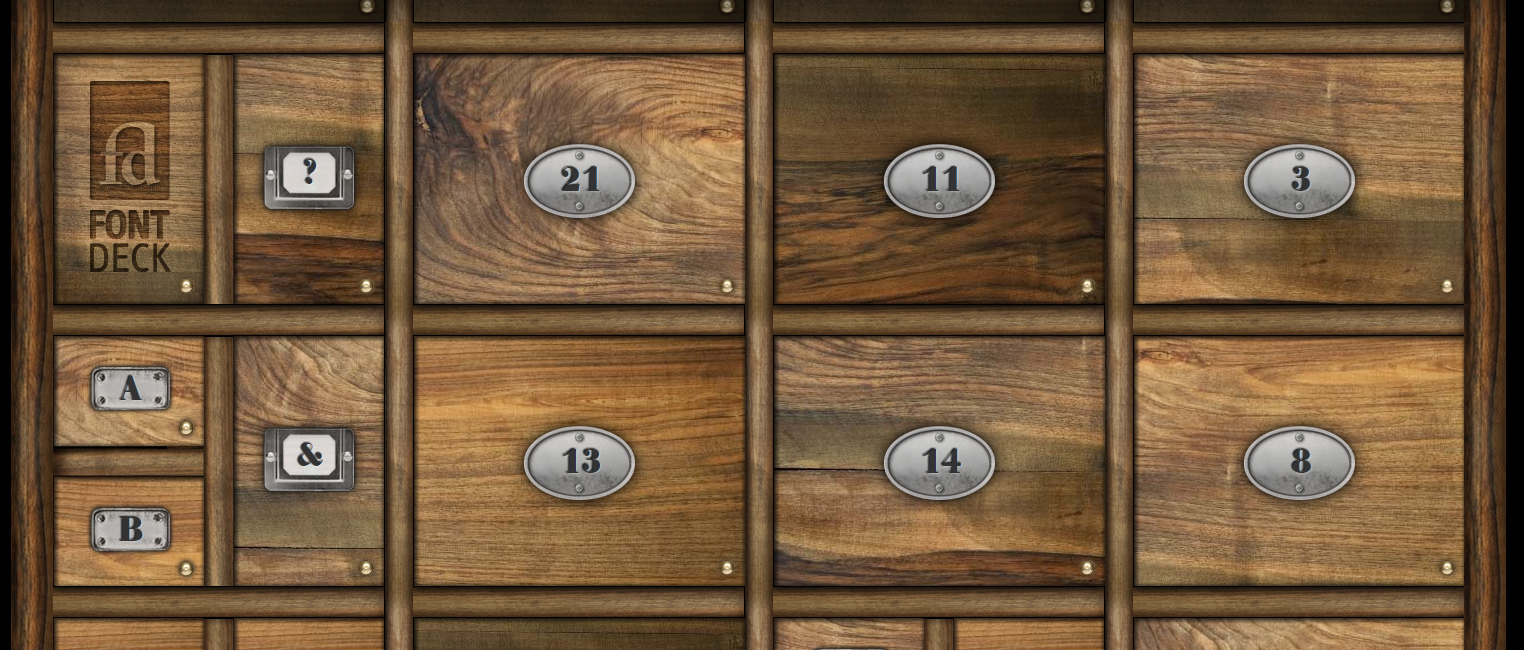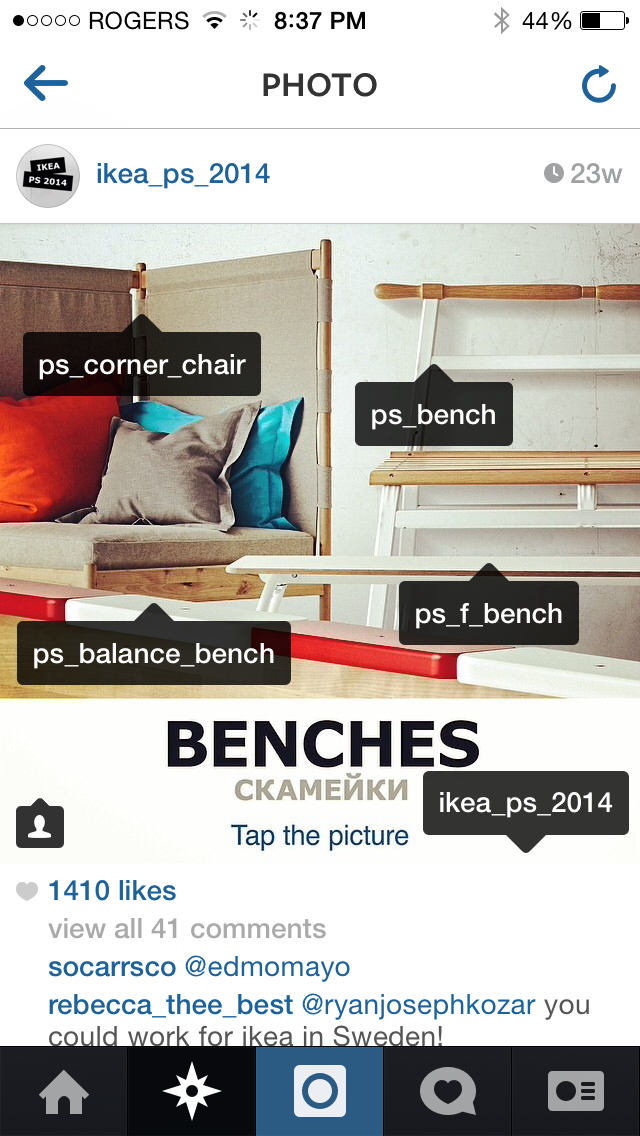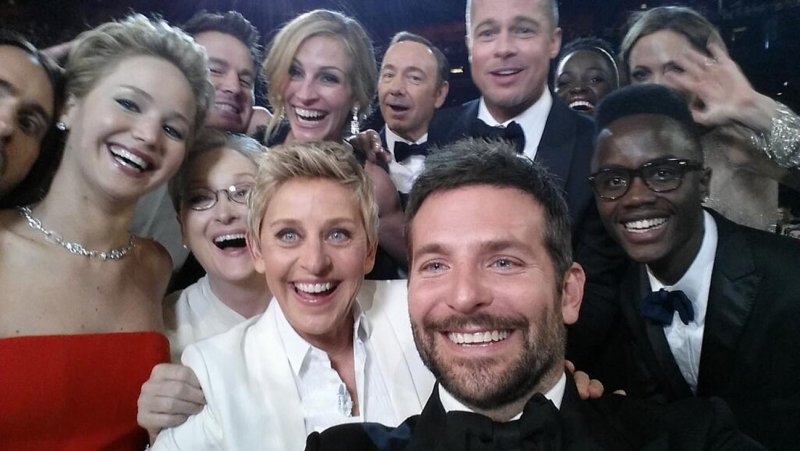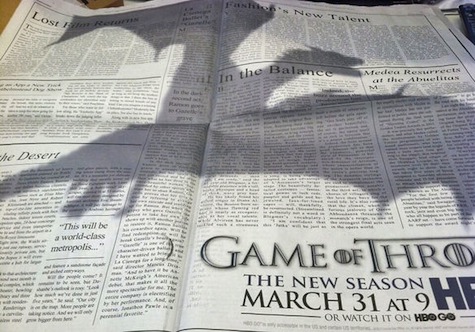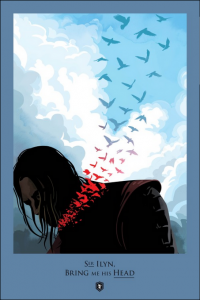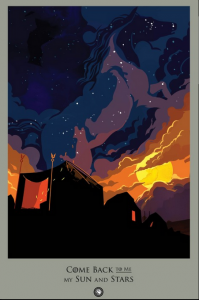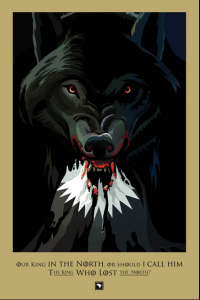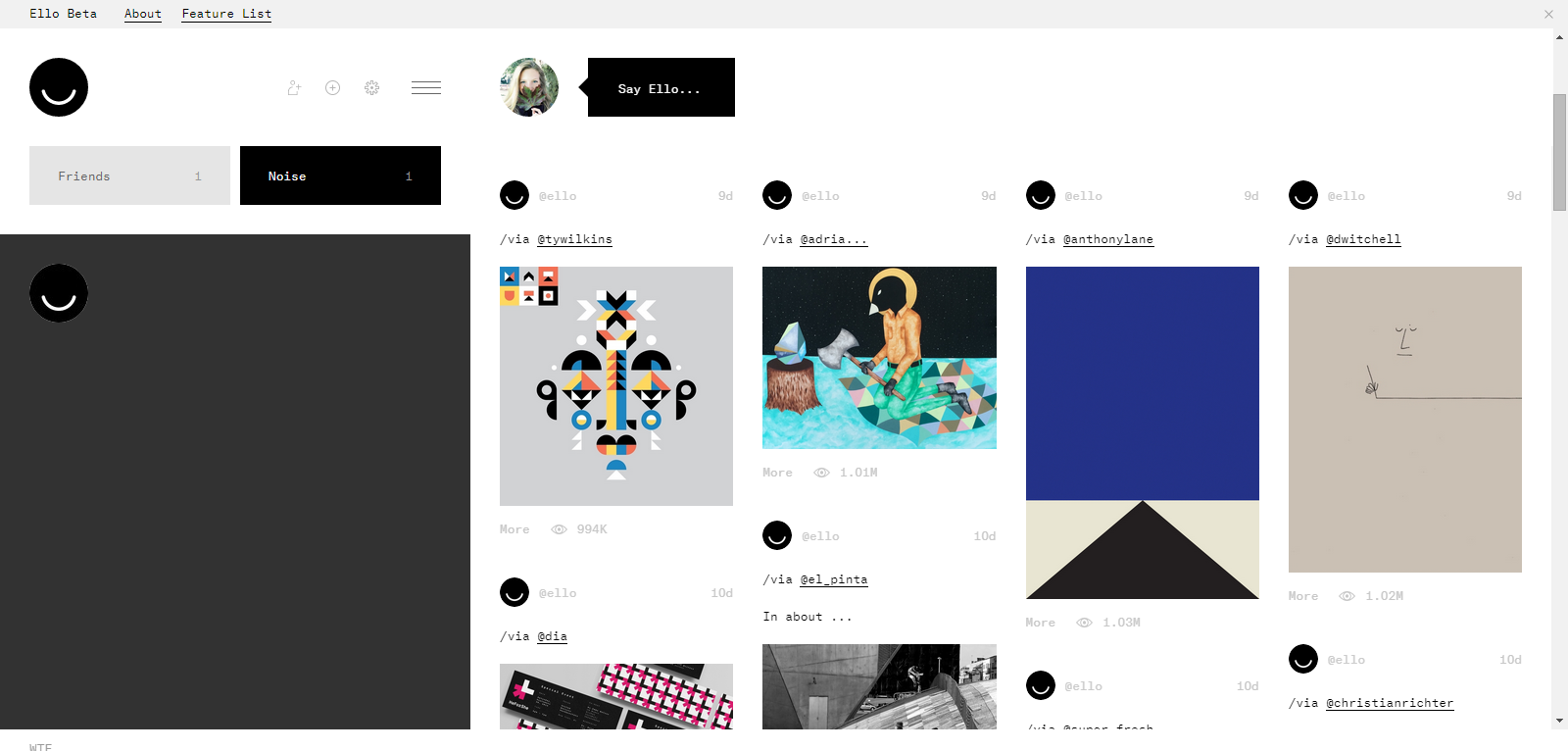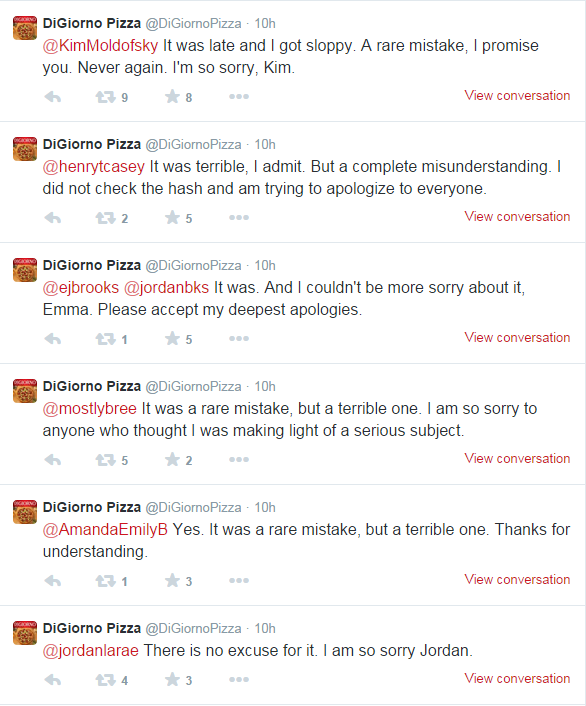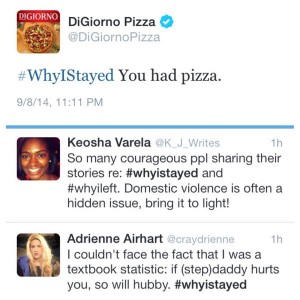This is my first blog post actually about something that I’ve tried and tested and i’m excited to write about it! For those of you who don’t know, I’m the Digital Media Director for UBC Recreation this year. What exactly does that entail? I manage a team of 4 lovely assistant directors with the objective of enhancing the experience students on campus and in our intramural events and leagues through our digital channels. In a nutshell, my department is in charge of the social media and our online magazine called The Point
So, as a project this year my team and I decided that we wanted to take on the challenge of implementing a new social platform. Over the last couple years there has been one new social media platform that has grown exponentially, especially among our target audience, that we had yet to take advantage of – Snapchat.
Now, with this opportunity there have been a number of obstacles we’ve been working to overcome. We knew that it would not be easy to establish ourselves on this new channel; but, the benefit was that it’s a great way to engage our participants on a more personal level. As a user of snapchat, it only requires 10 seconds or less of your time to get updated and among a community who generally check their snaps a couple times a day, it’s a fantastic way to build that personality behind our brand. As an organization, we want to foster the community around campus events and intramural leagues – this is an excellent platform to be doing so.
What barriers have we faced and what have we done to work and overcome them?
As expected, the initial effort of gaining followers is a challenge. Especially with snapchat where you cannot encourage ‘sharing’ of your content, it’s strictly an “I will follow you because I made the effort to look up your account”. We’ve tried to leverage our other social channels and promote snapchat and the exclusivity benefits. On the platform we’ve run a few small contests where individuals can ‘snap’ us and we bring them a treat to their location. Or the opposite where we snap us at a central location with prizes and wait for people to come find us! These have been moderately successful and our following is growing at a steady rate.
A more effective method we used to gain followers was by encouraging our participants in leagues and events to follow us for perks and prizes. This was very effective, because they’re already familiar with the brand and engage with us on a regular basis.
Outcomes
The engagement rates on this platform are UNREAL! On average, about 60-80% of our followers watch our stories. This is an insane proportion in comparison to our other platforms, especially considering that all stories expire after a day! This adds incredible value to the posts created on this platform.
Looking ahead
We’re looking at building more of a personality behind this platform. Regularly posting footage of our events and leagues as well as holding impromptu contests & giveaways. In October, Snapchat launched a new product called Our Campus Story which is a public feed that everyone can post to, only that its geotagged to a campus location. It is my personal goal to get this rolled out at UBC for Storm the Wall in March (Even if I have to go down to LA and persuade them). So stay tuned… big things may be coming!
 Follow
Follow
